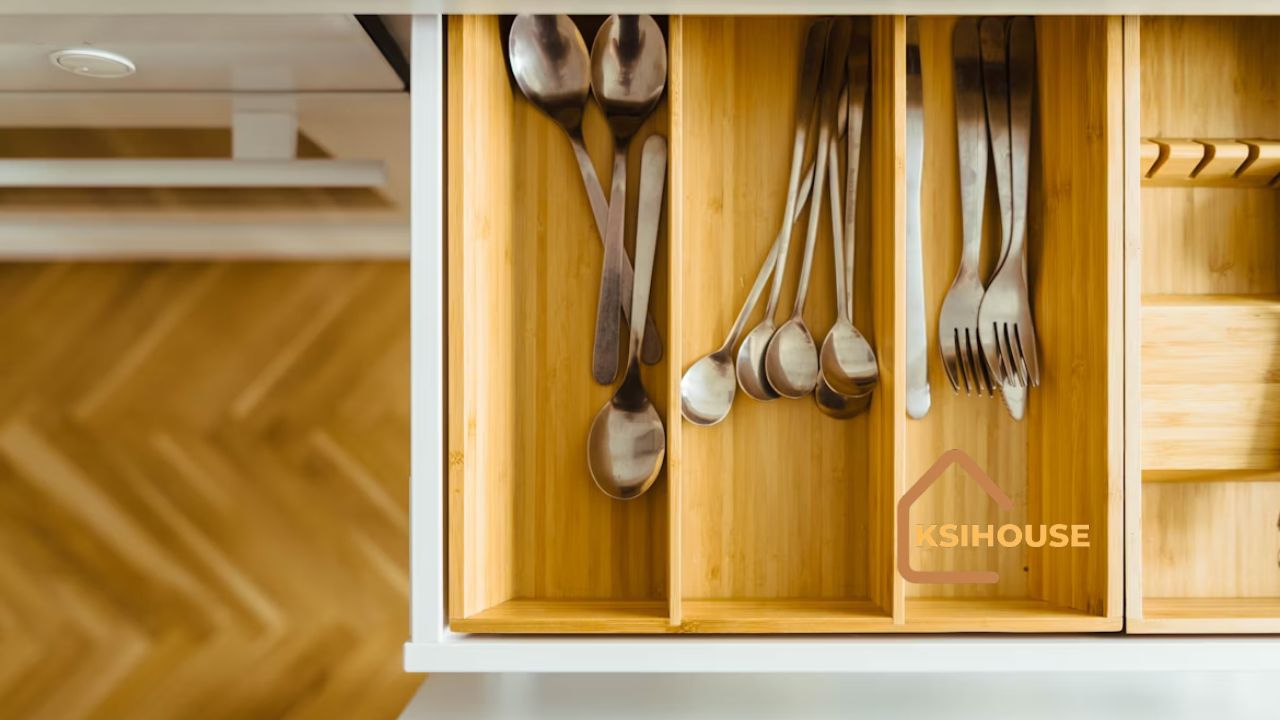Kitchen cabinet woodworking is the perfect blend of craftsmanship and creativity, offering an opportunity to design functional and aesthetic storage solutions for any home. Whether you’re a seasoned carpenter or a DIY enthusiast, learning the art of woodworking for kitchen cabinets can transform your cooking space while showcasing your talent. This guide will walk through everything you need to know, from tools and materials to building, maintaining, and refining your kitchen cabinets.
Summary Table
| Category | Details |
|---|---|
| Tools Needed | Saw, sander, drill, clamps, measuring tape, router |
| Materials | Plywood, hardwood, particleboard, screws, wood glue |
| Estimated Time to Build | 3–7 days, depending on complexity |
| Cleaning Requirement | Regular dusting, occasional polishing |
| Recommended Skill Level | Beginner to advanced |
| Average Budget | $500–$2000, depending on quality and size of materials |
The Art of Kitchen Cabinet Woodworking
Why Choose Kitchen Cabinet Woodworking?
Kitchen cabinet woodworking isn’t just a skill—it’s an opportunity to enhance the heart of your home. Custom cabinetry allows you to:
- Tailor storage solutions to your needs.
- Experiment with modern or traditional designs.
- Save costs compared to purchasing pre-made cabinets.
Woodworking kitchen cabinets also come with the satisfaction of creating something functional and lasting. From fine woodworking kitchen cabinets to contemporary designs, there’s a style for everyone.
Tools and Materials You’ll Need
A successful project starts with the right tools. Depending on the scope, here are some essentials:
Tools
- Table Saw – For precise cutting of wood panels.
- Router – Perfect for shaping edges and finishing touches.
- Random Orbital Sander – Achieve a smooth and polished finish.
- Clamps – Hold materials securely while assembling.
- Drill and Screws – Used for final assembly.
- Measuring Tape – Ensure accurate dimensions.
Materials
- Plywood – Budget-friendly and versatile.
- Hardwood (e.g., oak, maple) – Durable and elegant for fine woodworking kitchen cabinets.
- Particleboard – Cost-effective for less visible sections.
- Wood Glue and Screws – Crucial for sturdy construction.
- Paint, Stain, or Finish – Add aesthetic value and protect the wood.
By gathering these, you’ll be well-equipped to start building kitchen cabinets using woodworking plans.
Step-by-Step Guide to Building Kitchen Cabinets
Step 1: Plan Your Design
Draft your kitchen cabinet woodworking plans by measuring your kitchen space. Sketch out details like dimensions, style (traditional, modern, etc.), and storage features like partitions or vertical dividers.
Step 2: Cut Materials
Using your designs as a reference:
- Use your table saw to cut large panels for cabinet frames.
- Cut smaller sections for doors, shelves, and drawers.
- Sand edges to prevent splinters.
Step 3: Assemble the Frame
Start with the frame:
- Use clamps to hold pieces in place.
- Apply wood glue along the edges for strong joints.
- Secure with screws.
Step 4: Attach Shelves and Partitions
Measure and mark where the shelves will sit. Use a drill to secure them evenly into the frame.
Step 5: Install Doors and Hardware
Doors are often the centerpiece of kitchen cabinets. Attach them using concealed hinges and consider adding soft-close mechanisms for a modern touch. Install handles or knobs that match your kitchen’s style.
Step 6: Finish and Polish
Apply a wood finish, stain, or paint, depending on your preference. A polyurethane coating can protect the woodwork and add a polished look.
Real-Life Example:
One beginner woodworker used oak panels for her first kitchen cabinet project. She shared that while the project was challenging, achieving a polished rustic design was worth it. Her cabinets received glowing reviews from both friends and family!
Cleaning and Maintaining Kitchen Cabinets
Preserving the beauty and functionality of woodwork kitchen cabinets requires regular maintenance:
- Dust Weekly: Use a soft, dry cloth to keep them clean.
- Clean with Mild Soap: Mix mild dish soap with warm water and gently wipe surfaces.
- Polish Occasionally: Restore the luster of fine woodworking kitchen cabinets with a polishing product designed for wood.
- Prevent Damage: Wipe away water or spills immediately to avoid stains.
Cleaning Pro Tips
- Use microfiber cloths to prevent scratches.
- Avoid harsh chemical cleaners; they can strip the finish.
User Reviews and Feedback
Users often share their experiences on online woodworking forums, offering insights on what worked for them. Some highlights:
- John’s Rating (4.5/5): “Building my oak kitchen cabinets was rewarding. Plywood was perfect for the interior. Just don’t rush the finishing process.”
- Amy’s Review (5/5): “I love my fine woodworking kitchen cabinets! They took a week to build but completely transformed my kitchen.”
FAQs
What’s the best wood for kitchen cabinet woodworking?
Oak, maple, and cherry are among the top choices due to their durability and ease of customization.
How hard is it to build kitchen cabinets?
With the right tools and a clear plan, even beginners can succeed. Start simple and move up to more complicated designs as you gain experience.
Can I pair white kitchen cabinets with whitewash woodwork?
Yes! This contrast creates a cozy, bright environment, perfect for contemporary kitchens.
Is it cheaper to build your own kitchen cabinets?
Yes—building cabinets yourself can save 30%-50% compared to buying pre-made ones.
Final Thoughts
Kitchen cabinet woodworking combines skill, creativity, and functionality. With the right tools, materials, and guidance, you can craft stunning cabinets that suit your space and style. Whether you choose a traditional or modern design, the satisfaction of building something uniquely yours is unmatched.











